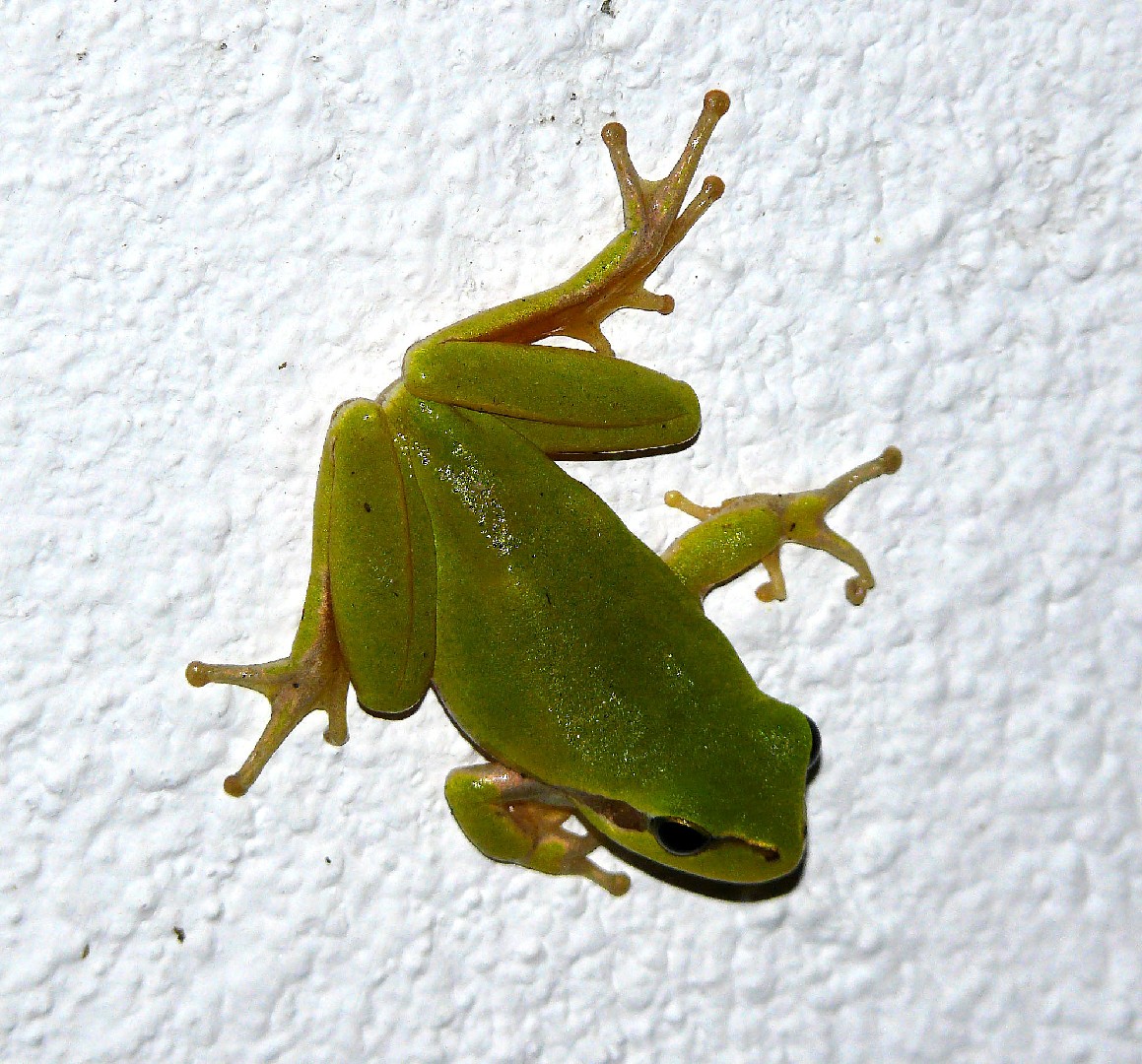European tree frog
A species of Wastebasket Scientific name : Hyla arborea Genus : Wastebasket
European tree frog, A species of Wastebasket
Scientific name: Hyla arborea
Genus: Wastebasket
Content
Description People often ask General Info
 Photo By gailhampshire , used under CC-BY-2.0 /Cropped and compressed from original
Photo By gailhampshire , used under CC-BY-2.0 /Cropped and compressed from original Description
The European tree frog (Hyla arborea formerly Rana arborea) is a small tree frog found in Europe, Asia and part of Africa. Based on molecular genetic and other data, a number of taxa formerly treated as subspecies of H. arborea are now generally recognized as full species.
People often ask
General Info
Lifespan
10-15 years
Diet
European tree frog's primary diet consists chiefly of small arthropods, especially insects. It demonstrates a predilection towards dipterans, hymenopterans, and coleopterans, adept in nocturnal feeding on the aforementioned prey.
Appearance
European tree frog's body is sleek and slender, measuring up to 5cm long. Its skin is smooth and glossy, predominantly bright green, often adorned with black or dark brown blotches. A distinctive line of golden yellow extends from its eyes to its rear legs. Males can be recognized by a loud vocal sac. During the mating season, females may darken in color. The hind legs are long and powerful, indicative of its arboreal lifestyle.
Behavior
European tree frog is a nocturnal tree-dwelling species, noted for its distinctive mating chorus, executed by males to attract females during the breeding season. It adopts a 'sit-and-wait' predation approach to capture small invertebrates. While social during breeding, european tree frog is otherwise solitary, maintaining individual territories marked by vocalizations.
Population
Decreasing
Scientific Classification
Phylum
Chordates Class
Amphibians Order
Frogs and toads Family
Tree frogs and their allies Genus
Wastebasket Species
European tree frog